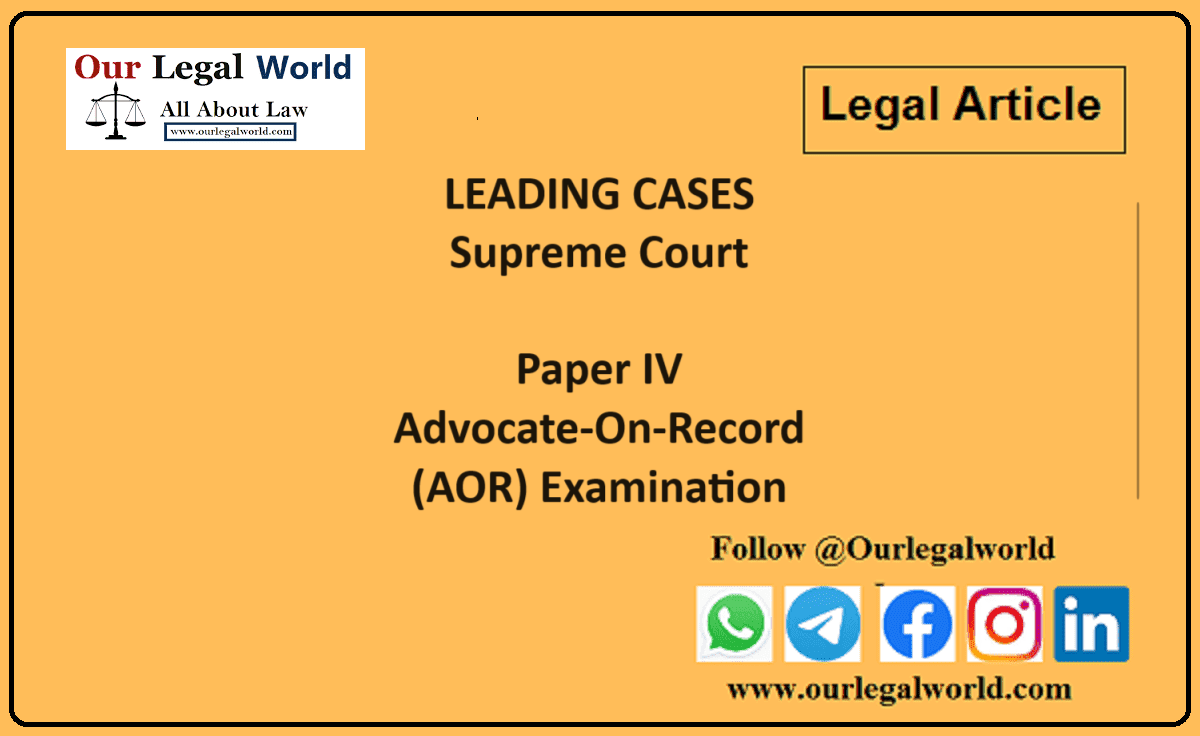Private Limited Company vs Partnership
Introduction
The business structure is a basic requirement for an entrepreneur to enter the world of trade and business. The impact on the pros and cons of starting a business is important for the person. The decision taken after scrutinizing the factors such as partners involved, personal loss and liability, targeted audience, etc helps to analyze and evaluate the process of the ideal structure. One can pick any legal structure amongst private companies, public companies, partnerships, one-person company (OPC), etc, which are classified on the basis of members, liability, and basis of control.
Definition
Private Company or Private Limited Company is a company having more than 2 and less than 50 members with limited liability. A company is an artificial person having a common seal. Here, the transfer of shares is limited to its members and the general public cannot subscribe to its shares and debentures.
A partnership is an arrangement between two or more partners to manage and operate the business. The agreement in which the terms and conditions of the partnership are written is known as Partnership Deed. Here, the profit and loss are distributed among the partners and as there is no separate identity of the firm itself therefore, the partners are held liable for the same.
Advantages of Private Limited Company
- Separate legal entity – A company is a legal entity established under a law having real existence. The members of a company have no liability to the creditors of a company for any debts making it separate from its members.
- Perpetual succession – Perpetual succession is one of the most important characteristics of a company. Until a company is legally dissolved, its existence is unaffected by the death of any members and continues irrespective of changes.
- Limited liability – The liability of a member of a company is limited only to the extent of the face value of shares taken by them i.e., legally responsible only to a limited amount of debts of a company.
- Capacity to sue and be sued – A company is an independent legal entity that can sue and also be sued in its own name.
Disadvantages of Private Limited Company
- Registration process – The registration process in a Private Limited Company is hectic as it takes 10-15 days to complete the incorporation process and costs which are not applicable to an unregistered entity.
- Division of ownership – It requires a minimum of two persons to act as directors and shareholders. A person cannot start a business by himself as the major decision of the company would require at least two persons which prompts division of owners.
Advantages of Partnership firm
- Less legal obligation – In a Partnership firm, no legal documents are required for a formation like that of a private company. An agreement may be oral or written to enter into a partnership.
- Access to knowledge and skill – The Partnership firm enjoys the benefits of the ability, experience, and sharing of the tasks among the partners. Unlike, Private companies, everything in Partnership is done by mutual consultation.
- Ownership – Unlike dual ownership in Private companies, business in Partnership, the partners both own and control the business without interference from any shareholders. This makes the business flexible.
Disadvantages of Partnership firm
- No legal status – Partnership firm has no independent legal existence as it can be registered with any formal obligation and can get dissolve with death or resignation of any one of the partners.
- Limited resources – The members of the business has a limit in forming Partnership which limits the amount of capital raised for a large-scale business.
- Differing nature – Difference of opinion among the partners results in a lack of management leading to working against the interest of the firm. With the same level of authority, conflict occurs.
Major difference between Private Limited Company and Partnership
- Governing act – Private Limited Company is regulated under the Companies Act 2013. The Partnership firm is regulated by the Indian Partnership Act of 1932.
- Registration – Private Limited Company requires mandatory registration to set up a business. A partnership firm can be legal even if registered or unregistered.
- Number of members – Private Limited Company requires minimum 2 and maximum 200 shareholders. Partnership requires a minimum of 2 partners but not exceeding 50 members.
- Legal entity – Private Limited has a feature of a separate legal entity.
The partnership firm is not separated from its partners. - Existence – Private Limited has perpetual succession i.e., it continues to exists if any member is deceased or any change in its members and directors. A partnership firm can be dissolved by any one or all of the partners. Partnership stand dissolves in case all its partners are deceased or are retired.
- Dissolution – Private Limited Company has many legal formalities for winding up the company. A Partnership firm dissolves without any legal formalities to be taken care of.
Judicial interpretation
- In the case of Mollow, March & Co. v Court of wards 1872, it determines the existence of partnership when a Hindu Raja was given the power to control the business and to get a commission on profit till the debt is discharged by a British firm when the load was advanced. The plaintiff sued the firm and Raja together for failing to perform the contract as partners. Raja was not held liable as he remained creditor and he never acted as a partner in the business.
- A partnership arises out of agreement whether express or implied. In the case of Lakshmibai v Roshan Lal 1972, the mere use of words ‘partner’ and ‘partnership’ in an agreement doesn’t necessarily show that there is a partnership.
- Dissolution of Partnership firm on the death of a partner, held by the Supreme Court in Mohd. Laiquiddin & Anr v Kamala Devi Misra.
- The partnership, not a separate legal entity held in Dulichand Laxminarayan v Commissioner of IT 1956, firm is only a collective name, and persons entered into partnership are individually called partners.
- A company is a separate legal entity that is distinct from its members. The classic case Salomon v Salomon in the 19th century dealt with the issue of a company as an independent personality and lifting of the corporate veil. Mr. Salomon was the sole trader of a shoemaking company in England. He then incorporated it by selling it to a separate legal person, Salomon & Co Ltd for £39,0000. Under the Companies Act 1862 a company required a minimum of seven members. The members of A Salomon & Co Ltd were Mr. Salomon himself, Mrs. Salomon, and his five children. Mr. Salomon held 20,001 shares whereas the other 6 shareholders had 1 share each. The Company still owed Mr. Salomon £10,000 so gave him debentures for this amount which gave him a floating charge entitling him to payment in the event of a liquidation. The company went into liquidation. The House of Lords held that once a company is legally incorporated it is an independent person with rights and liabilities of its own and these aren’t influenced by the motives of the people involved in its promotion. The company conducts its own business as a separate person.
- One of the first Indian case ‘Life Insurance Corporation of India v Escorts Ltd & Ors’, dealt with a non-resident portfolio investment scheme which existed under the Foreign Exchange Regulation Act, 1973. It allowed non-resident companies with non-resident individuals of Indian nationality to invest 60%. Carparo Group Limited held 60% shares as a trustee whose beneficiaries were Swraj Paul and members of his family, the non-resident individuals. The investment allowed to the extent of 1% of the paid-up equity capital and could not exceed 5%. 13 Caparo Group companies were challenged on the ground that it endeavors at dodging the endorsed investment of 1% under the scheme. The Supreme Court held that more than 60% of the shares of foreign investor companies were held by the trust of Mr. Swraj Paul and members of his family were beneficiaries. The court ignored the identity of the shareholder and thus recognizing each company as an independent juristic entity.
Conclusion
A transparent view of business structure is necessary for a good outcome for the trade. This article will give an insight into choosing the right business with the consequences followed. The evolution of any sector has gone through many changes but the basic requirement and benefits can be gained by understanding the nature of business. The difference between Private Limited Company and Partnership outlines the business model with different sets of outcomes and it is actually a matter of enthusiasm for the financial specialist with respect to where he would need to put his investment.
Reference
- Taxmann’s Company law
- Company law – Avtar Singh
- Indian kanoon
- www.myonlineca.in
- blog.ipleaders.in
Also Read : Arbitration and Conciliation Act, 1996 : Power and Function of Arbitration







![Tax Law Internship at Legum Attorney [Chamber of Ashish Panday], Delhi : Apply by 15th May 2025](https://www.ourlegalworld.com/wp-content/uploads/2025/05/IMG_0113-min.png)

